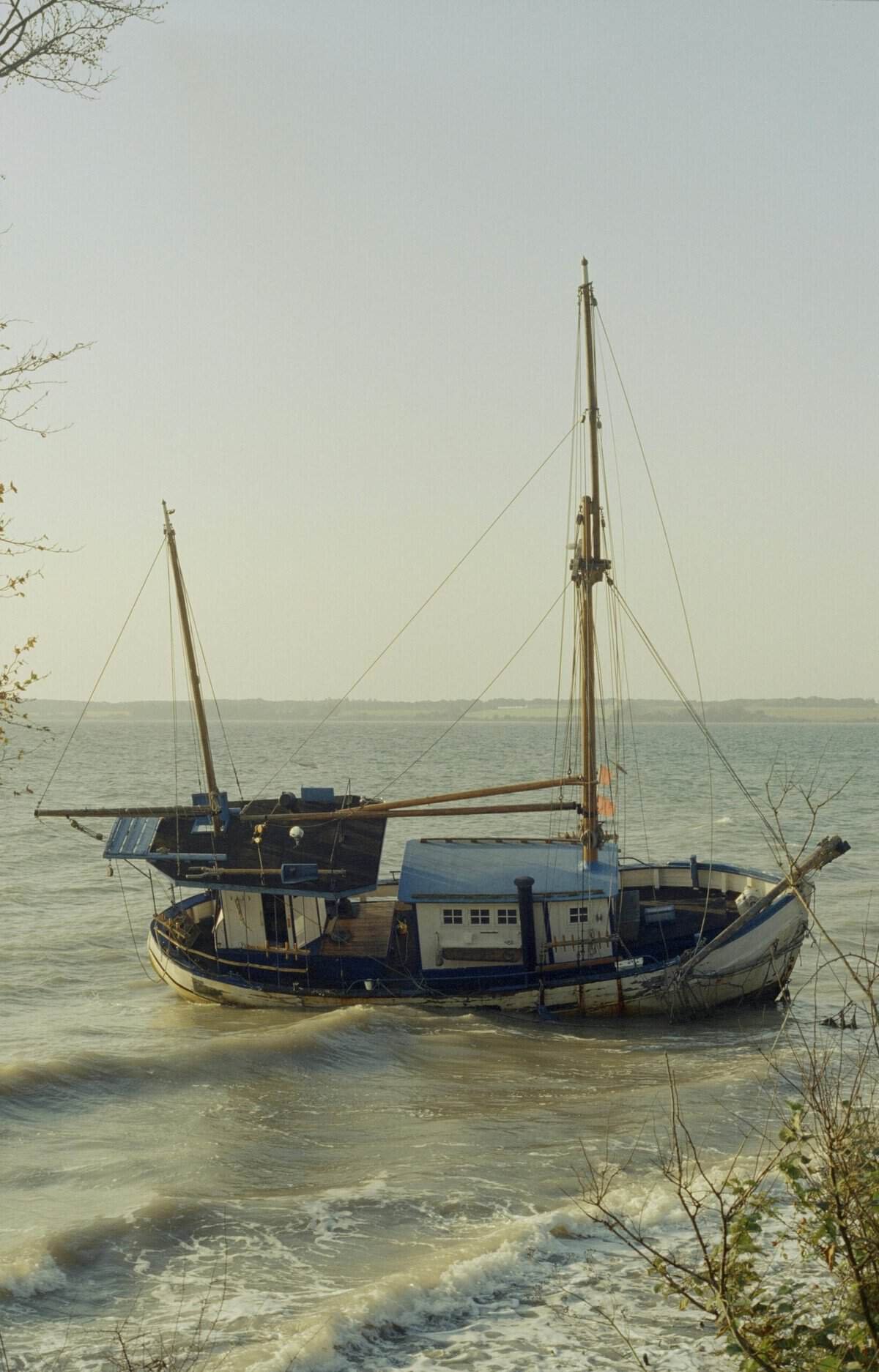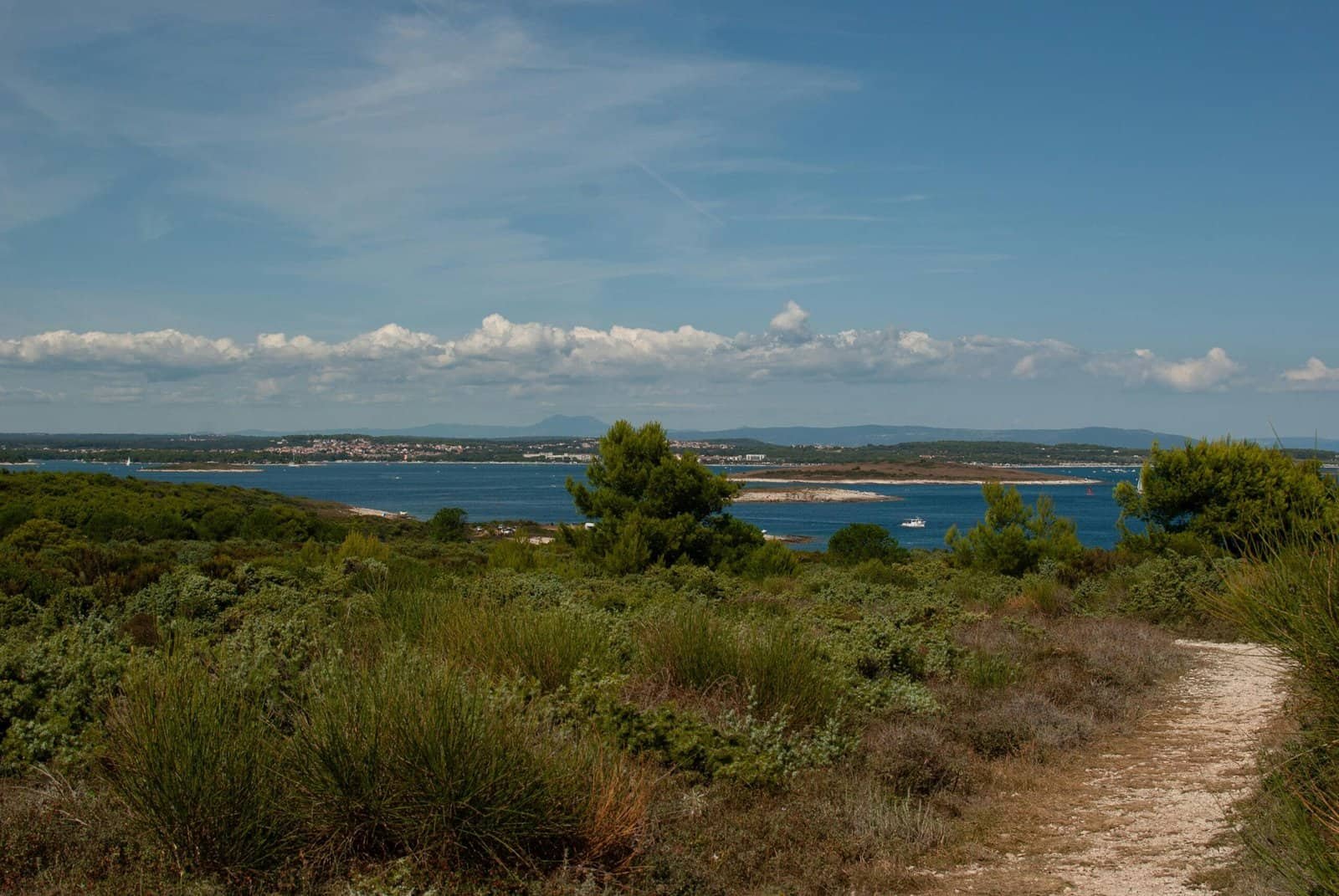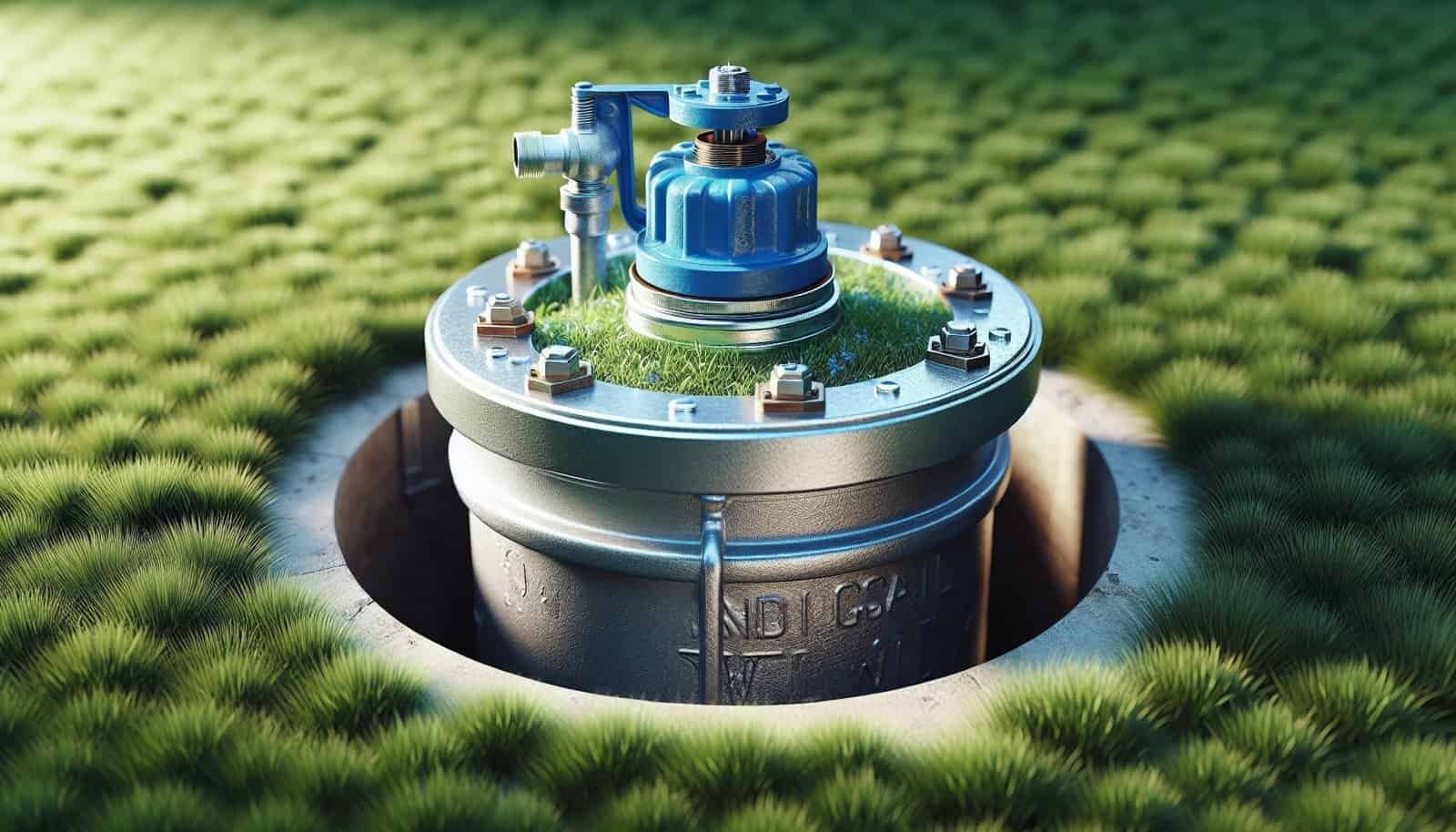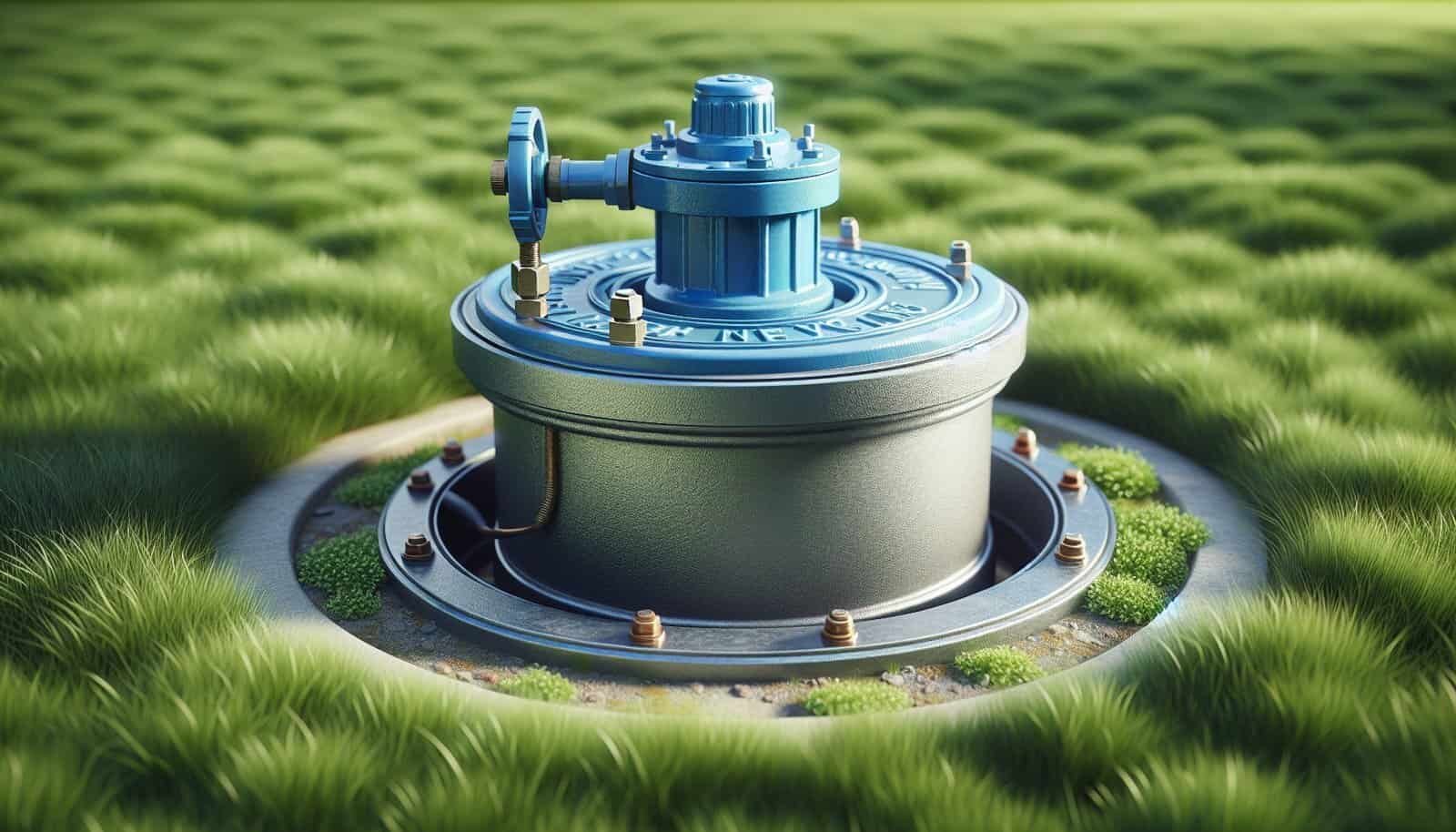Which type of well supplies your home’s water?
If you rely on a private well, understanding the kinds of wells and how to treat the water matters for safety, taste, and long-term maintenance. You’ll learn the main well types, how they differ, what risks each carries, and practical guidance on treating well water for drinking and cooking.

What Are The Different Types Of Residential Wells?
Residential wells are the structures that bring groundwater to the surface for household use. They vary by construction method, depth, water-bearing formation, and how the water is delivered to your home. Each type has its own installation requirements, maintenance needs, and typical contaminants.
Basic categories of residential wells
Residential wells are commonly grouped by how they are constructed and by the aquifer they access. The most common construction types you’ll encounter are dug, bored, driven, and drilled wells. You’ll also hear terms like shallow vs deep wells and artesian wells that describe how the water behaves and where it’s coming from.
Why the type matters to you
Knowing the type of well you have helps you anticipate maintenance needs, testing priorities, potential contamination sources, and what treatment options will work best for drinking and cooking. It also helps when comparing costs for repairs, pumps, and water treatment systems.
Dug (or Bored) Wells
Dug wells are the oldest and shallowest type of well. They’re usually dug by hand or with machinery, lined with stone, brick, tile, or concrete, and typically less than 50 feet deep.
- You may have a dug well if your property is older or in an area with a high water table.
- These wells are more vulnerable to surface contamination because they are shallow and may have limited sealing around the top.
- Maintenance typically includes inspecting the wellhead, checking the sanitary seal, and regular water testing for bacteria and nitrate.
Pros: Low cost to construct, easy access for some repairs.
Cons: Higher contamination risk, lower and less consistent yields, freeze risk in cold climates.
Driven (Sand-Point) Wells
Driven wells use a small-diameter pipe with a screened point on the end that is hammered into unconsolidated sand or gravel. They’re generally shallow (often less than 50 feet) and are most common in areas with loose, sandy soils.
- You’ll see driven wells used on properties where the water table is close to the surface.
- Because of the small pipe diameter and shallow depth, they may produce less water and be more susceptible to seasonal fluctuations.
Pros: Relatively inexpensive, quick to install in suitable soils.
Cons: Limited depth and yield, vulnerable to contamination and freezing, not suitable for bedrock or deep aquifers.
Drilled Wells (Rotary, Cable Tool)
Drilled wells are created with rotary or cable-tool drilling rigs and can penetrate to much greater depths than dug or driven wells—often hundreds of feet deep. They are the most common type of residential well for modern homes.
- Drilled wells are cased with steel or PVC and screened at the aquifer level to allow water in but keep most sediment out.
- These wells tap confined or unconfined aquifers and tend to be more reliable and produce higher yields.
Pros: Deeper access to protected aquifers, more consistent production, lower risk of surface contamination.
Cons: Higher initial installation cost, more complex repairs for deep components.

Artesian and Flowing Artesian Wells
An artesian well taps a confined aquifer where groundwater is under pressure between impermeable layers. If the pressure is sufficient, the water can rise above the top of the aquifer and even flow at the surface without pumping (a flowing artesian well).
- You’ll recognize artesian conditions when water rises in the well casing without a pump or flows naturally at the surface.
- While pressure can be convenient, uncontrolled flowing wells require proper headwork and often a pressure-control system.
Pros: Can produce water without pumping; confined aquifers are often well-protected from surface contamination.
Cons: Management of flow and pressure; potential legal/environmental constraints; sometimes deeper and more expensive to control.
Springs and Seepage Systems
Some homes use spring sources rather than drilled or dug wells. A spring collects groundwater where it naturally emerges from the ground. You can develop a spring (spring box) to collect and pipe water to the house.
- If your property has a spring, you’ll need a durable spring box, proper diversion of surface water, and frequent testing.
- Springs can be vulnerable to surface contamination if not properly protected and may have variable flow in dry seasons.
Pros: Natural gravity-fed sources possible, can be very pure if protected.
Cons: Seasonal variability, contamination risk without proper protection.

Shared, Community, and Public Water Supply Wells
Not all wells are strictly “private.” Some are shared between neighboring properties or are operated as a community/public supply under local regulations.
- If you use a shared or community well, you’ll need to know the ownership structure and who is responsible for maintenance and testing.
- Public or community wells are often regulated and require regular reporting and treatment.
Pros: Cost sharing for maintenance and treatment; regulatory oversight can improve safety.
Cons: Coordination required for repairs and upgrades; potential for disputes on responsibility.
Classification by Depth and Aquifer Type
In addition to construction method, wells are often discussed in terms of depth and the aquifer type:
- Shallow wells: typically less than 50 feet, often in unconfined aquifers, more vulnerable to surface contamination.
- Intermediate wells: 50–200 feet, depending on local geology.
- Deep wells: hundreds of feet; often access confined aquifers with better natural protection.
- Confined vs. unconfined aquifers: confined aquifers are sandwiched between impermeable layers and usually provide better protection from surface contamination.

Well Components and How They Affect Water Quality
Every well includes common components that influence performance and water safety. Understanding these parts helps you identify maintenance priorities.
Well casing
The casing is the pipe that lines the wellhole and prevents collapse while protecting groundwater from contaminants entering the well along the borehole. Casing materials include steel, PVC, or concrete.
- Proper casing and grouting around it are essential to protect water quality from surface infiltration.
Well screen
The screen is installed at the bottom of the casing where the well intersects a water-bearing formation. It allows water in while reducing sediment entry.
- Screen type and slot size must suit the aquifer grain size to maximize yield and minimize silt.
Well cap and sanitary seal
A secure cap and sanitary seal at the top of the well prevent insects, small animals, and surface contaminants from entering. A missing or damaged cap is a common cause of bacterial contamination.
Pump and pressure system
Your pump (submersible or jet) moves water from the well to your home. A pressure tank smooths out delivery and reduces pump cycling.
- Pump selection depends on well depth and desired household flow rate.
Grout and annular seal
Grouting is the material used to seal the annulus between the casing and borehole to block surface water movement along the outside of the casing.
- Proper grouting reduces contamination risk and is a key part of proper installation.
Pumps and Delivery Systems
Choosing the correct pump type matters for efficiency and longevity. The two most common are jet pumps and submersible pumps.
Submersible pumps
Submersible pumps sit down in the well below the water level. They’re efficient for deeper wells and generally last well when installed correctly.
- They require a properly sized pump for the well’s yield and depth.
- Repairs usually involve pulling the pump from the well.
Jet pumps
Jet pumps are mounted above ground and use suction to draw water. They’re common for shallower wells.
- Jet pumps are limited by the suction lift (usually effective only up to about 25 feet without a deep-well jet configuration).
- They’re easier to access for maintenance but may be less efficient for deeper wells.
Hand pumps and solar systems
You may have or consider a manual hand pump or solar-powered pump for remote or backup water supply.
- Hand pumps are simple and reliable for basic water access; solar pumps are increasingly common where grid power is limited.

How to Choose the Right Well Type for a Property
Selecting the best well type depends on local geology, depth to water, property needs, cost, and intended use. A local well driller or hydrogeologist can evaluate:
- Depth to water and aquifer properties (from well logs or test drills)
- Expected household water demand
- Soil and bedrock conditions
- Regulatory requirements and permitting
- Budget for installation and long-term operation
Well Testing: What You Should Test For and How Often
Testing your well water is the essential first step before choosing any treatment. You should test for contaminants likely in your area and those suggested by your health department.
Common tests and recommended frequency
- Bacteria (Total coliform, E. coli): Test at least annually and any time you suspect contamination or after repairs.
- Nitrate/Nitrite: Annually, and more often if infants or pregnant women are in the household.
- pH and hardness: Annually to inform corrosion control and softening decisions.
- Iron and manganese: Annually or when you notice staining or metallic taste.
- Sulfate and chloride: As needed based on taste/odor or local geology.
- Total dissolved solids (TDS) and conductivity: Periodically for overall water quality trend monitoring.
- Other tests (lead, arsenic, VOCs, pesticides, radon, uranium): Test based on local geology, land use, and past test results.
Who performs testing
- State-certified laboratories or local health departments typically perform accurate testing.
- DIY test kits are sometimes useful for screening but are not a substitute for certified lab tests for regulatory or medical purposes.
General Well Maintenance
Routine maintenance keeps your well functioning and your water safer.
- Test water annually for bacteria and key chemical parameters.
- Inspect the wellhead, cap, and vent for damage, cracks, or signs of tampering.
- Keep surface drainage away from the well; maintain a 2–3% slope away from the wellhead.
- Protect the area around the well from chemicals, fuel, and animal access.
- Locate and mark your wellhead so it’s not accidentally damaged by landscaping or construction.
- Replace submersible pumps and pressure tanks as needed; typical pump lifespan is 10–15 years depending on use and water quality.
- Keep accurate service records, well logs, and test results.
How Do I Treat Well Water for Drinking and Cooking?
Treating your well water starts with knowing what’s in it. After testing, select treatment systems that target the contaminants present and match your household needs.
Step 1 — Test first
You must test before you treat. Treatment choices depend on contaminants, concentration, water hardness, pH, and TDS.
- If bacteria are present, disinfection is an immediate priority.
- If chemical contaminants are present, boiling does NOT remove them—some require specific filtration or advanced treatment technologies.
Step 2 — Choose point-of-entry (POE) vs. point-of-use (POU)
- POE systems treat all the water entering your home (whole-house). They help with bathing, laundry, and protecting plumbing. Use them for iron, hardness, and some chemical contaminants.
- POU systems treat water at a single tap, often the kitchen sink. Reverse osmosis (RO) units and under-sink filters are POU and are often used to make drinking and cooking water safer and better tasting.
Often you’ll employ both: a POE system to treat hardness/iron and a POU RO unit for drinking water.
Common treatment technologies and when to use them
Use the following as a guide based on the contaminants found in your test results.
- Sediment filters: Remove sand, silt, and particulates. Always used as pre-filters for other systems.
- Activated carbon (GAC) filters: Reduce chlorine, taste and odor issues, and many organic contaminants (VOCs, pesticides) when run through properly sized cartridges. Not effective for dissolved inorganic contaminants like nitrate or heavy metals at all concentrations.
- Reverse osmosis (RO): Highly effective for removing dissolved salts (TDS), nitrate, fluoride, some pesticides, and many heavy metals. RO systems are typically POU under-sink units and produce wastewater.
- Ion exchange water softeners: Remove hardness (calcium and magnesium) by exchanging sodium or potassium. They do not remove most other contaminants and add salt to wastewater.
- Oxidizing filters (greensand, manganese greensand, aeration, catalytic carbon): Used for iron, manganese, and sometimes hydrogen sulfide.
- Chemical feed chlorination or chlorination systems: For continuous disinfection against bacteria in problematic wells. Often combined with dechlorination (GAC) for taste removal at the POE.
- UV disinfection: Kills bacteria, viruses, and most protozoa. Requires clear water (low turbidity) and no iron/manganese that would shield microbes. UV does not remove chemical contaminants.
- Distillation: Removes many contaminants by evaporation/condensation. Energy-intensive but effective for many contaminants including viruses, bacteria, and some chemicals.
- Anion exchange and specialized RO/adsorption: For removing arsenic and nitrate when present at elevated levels.
- Aeration/air stripping: For volatile organic compounds (VOCs) and radon; requires appropriate off-gas handling.
Table — Contaminants vs. Effective Treatment Options
| Contaminant / Issue | Typical Effective Treatments | Notes |
|---|---|---|
| Bacteria (coliform, E. coli) | Shock chlorination, continuous chlorination, UV disinfection | Chlorination provides residual; UV requires clear water and no post-contamination |
| Viruses | Chlorination, UV, distillation | UV effective if properly sized |
| Nitrate | Reverse osmosis, ion exchange, distillation | Special systems required for babies/pregnant women |
| Arsenic | Reverse osmosis, anion exchange, coagulation/filtration | Treatment choice depends on arsenic species (III vs V) |
| Hardness (Ca, Mg) | Ion exchange water softener, template-assisted crystallization, RO (POU) | Softeners don’t remove other contaminants |
| Iron/Manganese | Oxidation + filtration, greensand, aeration, water softeners (low-level) | Buildup/staining solutions |
| Hydrogen sulfide (rotten egg odor) | Aeration, activated carbon (small amounts), oxidizing filters | Gas may require venting systems |
| VOCs/pesticides | Granular activated carbon (GAC), air strippers, RO | GAC saturation requires replacement |
| Lead | RO, certified POU filters, replace plumbing | Flushing and corrosion control may help |
| Radon (in water) | Aeration (air stripping), granular activated carbon for some cases | If air radon is present, address both air and water |
| High TDS / Salty water | RO, distillation | RO is common for drinking water; whole house RO is expensive |
Combination systems and pre-treatment
Often you need multiple stages: sediment filter → water softener or oxidizer → GAC → RO or UV. For example, if you have high iron and bacteria, you’ll need iron removal (oxidation/filtration) and disinfection. A sediment filter protects downstream systems from clogging.
Certification and standards
- Choose systems certified to NSF/ANSI standards when possible (e.g., NSF/ANSI 53 for health effects, 58 for reverse osmosis, 55 for UV).
- Certified systems provide performance verification and safer selection.
Installation and sizing
- Proper sizing by a qualified installer is essential—undersized systems fail or require frequent maintenance.
- For RO and UV, ensure adequate pressure and flow. Pumps, pressure tanks, and pre-filters often are needed to meet system requirements.
Operation and maintenance
- Replace filters, media, and UV lamps according to manufacturer schedules. Failure to maintain systems can lead to contamination or reduced performance.
- Keep spare filter cartridges and document replacement dates.
- Monitor residual disinfectant (if using chlorination) to ensure disinfection and avoid taste problems.
Boiling and bottled water
- Boiling water kills bacteria, viruses, and parasites but does not remove chemical contaminants (nitrate, arsenic, VOCs). If microbes are the only concern, boiling is effective for short-term use.
- Use bottled water if your water is chemically contaminated or until you implement a permanent treatment system.
Troubleshooting Common Water Problems
Cloudy or milky water
Often caused by air in the water (bubbles) or very fine sediment. Let a glass sit; if turbidity clears from top down it’s likely air. If sediment settles, check well screen or consider a sediment filter.
Rotten egg smell
Hydrogen sulfide gas is the usual cause. Treat with aeration, oxidizing media, or activated carbon for small amounts.
Metallic taste or stains
Iron and manganese cause staining and metallic taste. Oxidation/filtration systems are commonly used.
Sudden bacterial contamination
If tests show E. coli or a sudden change in water quality, stop using water for drinking and cooking until you take corrective action—shock chlorinate the well and test again, use bottled water, and consult your local health department.
Legal and Regulatory Considerations
Most private wells serving a single property are not regulated under federal Safe Drinking Water Act rules, but state and local jurisdictions may have rules on permits, construction standards, setbacks from septic systems, and record-keeping.
- When buying property, require a recent well inspection and water test as part of the sale.
- Permitting is commonly required for drilling new wells; check local regulations before drilling.
- Public or community wells are typically regulated and require periodic reporting and treatment.
Costs and Lifespan
Costs vary widely by well type, depth, and site conditions.
- Dug wells: lower upfront cost, often $1,000s depending on lining and restoration.
- Driven wells: relatively inexpensive if conditions are favorable, typically $1,500–$5,000.
- Drilled wells: more expensive, often $3,000–$15,000+ depending on depth, geology, and region.
- Pumps: $500–$3,000 or more depending on type and depth; installation adds labor.
- Water treatment systems: simple filters $100–$500, RO systems $300–$2,000+, whole-house systems $1,000–$10,000+ depending on complexity and size.
Lifespan expectations:
- Drilled well casing and borehole can last for many decades if properly constructed.
- Submersible pumps: often 10–15 years depending on use and water quality.
- Pressure tanks, controls, and components: variable; replace based on failure or age.
- Treatment media and filters: replace on manufacturer schedule; tanks and housings may last many years.
Emergency Actions and When to Call a Professional
- If you detect E. coli or other harmful bacteria: Stop using water for drinking and cooking, use bottled water, and contact a licensed well contractor or local health authority. Shock chlorinate the well and retest.
- If you detect strong chemical contamination or fuel odor: Do not use the water for drinking; notify local authorities and a qualified environmental consultant for testing and remediation.
- If you have sudden loss of water: Check power supply, pressure tank, and pump—call a well contractor if you can’t identify a simple issue.
- For any complex remediation (arsenic, high nitrate, VOCs), consult licensed professionals and follow local health guidance.
Frequently Asked Questions
How deep is a typical residential well?
Depth varies by region. In sandy areas you may see shallow wells (20–60 feet). In fractured or bedrock areas, wells often exceed 200–300 feet. A local well log will give the best information.
How often should I test my well?
Test for bacteria at least once per year and after events like flooding, construction, or well repairs. Test for nitrate annually. Additional testing for lead, arsenic, VOCs, and other contaminants should be based on local risks, prior results, and health concerns.
Can I connect my well to municipal water later?
Yes, you can abandon the well properly and connect to municipal water. Abandonment should follow local regulations, which often specify sealing or filling the borehole to protect groundwater.
Is boiling water always safe?
Boiling kills pathogens but does not remove chemical contaminants like nitrate, arsenic, or VOCs. If contamination is chemical, use appropriate treatment or bottled water.
Can I install a treatment system myself?
Some simple filters and POU units are DIY-friendly, but for whole-house systems, disinfection systems, or complex multi-stage systems, professional sizing and installation are recommended to ensure safety and compliance with local codes.
Final Checklist — What You Should Do Now
- Test your water with a certified lab if you haven’t done so recently.
- Identify your well type (dug, driven, drilled, spring) and review the well log if available.
- Inspect the wellhead for a secure cap, visible damage, or signs of nearby contamination.
- Protect the well area: maintain setbacks, avoid chemical storage nearby, and keep the area clear.
- If contaminants are present or you have water-quality concerns, consult a licensed well contractor or water treatment professional.
- Keep records of all tests, maintenance, repairs, and permits.
Understanding your well type and treating your water appropriately helps protect your family’s health, your plumbing, and your long-term water supply. If you have questions about specific test results or need help selecting treatment, contact your local health department or a certified water treatment professional for tailored advice.
